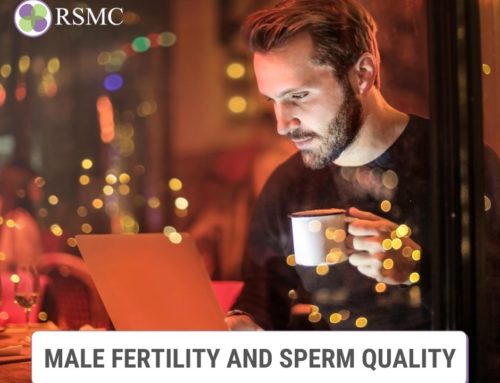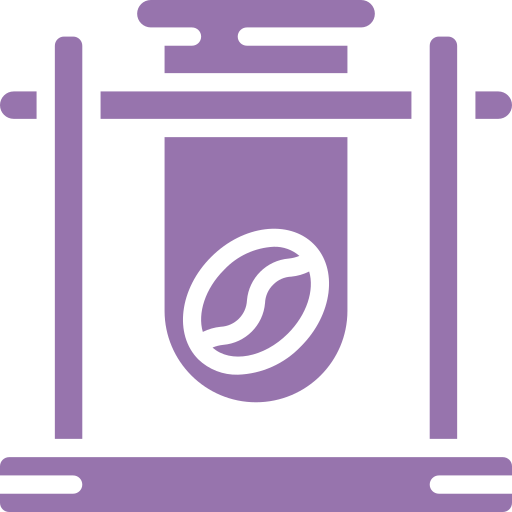A Non-Invasive Procedure to Get the Egg and Sperm Together for pregnancy conception
Infertility can be a complex puzzle with a number of different factors, and combinations of factors, creating problems. In order to sort out and solve the puzzle, you need to narrow down the factors. Then start putting them together in different combinations to see what works. The Intrauterine Insemination (IUI) procedure is a non-invasive treatment for pregnancy conception. It is useful as one of the early stages of fertility treatment and is very effective if the problems are with the sperm or physical issues with the cervix.
Exactly what is Intrauterine Insemination (IUI)?
The short answer is that the IUI procedure places sperm into the woman’s uterus. Thus, the little swimmers can be closer to the egg when it comes down the fallopian tube. This gives the sperm their best shot at getting to the egg.
Who will IUI benefit the most?
IUI treatment is one of the first steps to take when the male partner’s sperm has some motility issues or he has a low sperm count or trouble ejaculating. This is because the sperm is “washed” before it’s insertion into the woman’s uterus. Washing involves separating the sperm from the seminal fluid. You need to wash away the seminal fluid because it irritates the uterus and causes cramping. This is why only sperm can get through the cervix. It then selects out motile sperm from the man’s ejaculate and concentrates them into a small volume.
During the process only healthy, active sperm are placed in the uterus. This way, there is a better chance of a good sperm getting to the egg. Specialists also consider IUI a first line treatment in conditions such as hostile cervical environment. It can include cervical mucus problems, cervical scar tissue that may hinder sperm from entering the uterus and unexplained infertility. The IUI procedure is a first line treatment because it deals primarily with the physical problem of getting the sperm and egg together for pregnancy to occur.
Who requires IUI Procedure
- unexplained infertility
- mild endometriosis
- issues with the cervix or cervical mucus
- low sperm count
- decreased sperm motility
- issues with ejaculation or erection
- same-sex couples wishing to conceive
- a single woman wishing to conceive
- a couple wanting to avoid passing on a genetic defect from the male partner to the child
IUI isn’t effective in the following scenarios for women:
- with moderate to severe endometriosis
- who have had both fallopian tubes removed or have both fallopian tubes blocked
- with severe fallopian tube disease
- who have had multiple pelvic infections
- men who produce no sperm (unless the couple wishes to use donor sperm)
What is the success rate of pregnancy conception through IUI?
Generally, the success rate for IUI is 10% per cycle. That is, if using ovulation medication, such as Clomid® and the mother is under 35 using normal sperm. If the same woman is using injectable FSH medication (e.g., Follistim, Gonal-F, Bravelle or Menopur), the success rate goes up to 15% per month. The rates are lower for people using a natural cycle, women with low ovarian reserves and women over 35.
How many IUI cycles should you try before moving on to IVF?
The usual answer is 3 cycles. After that, the chances of success diminish greatly. Then it’s time to move on to IVF.
How does the IUI success rate compare to the IVF success rate?
In women under 35 using normal sperm and taking medication for ovulation, the success rate for IUI is 15-20%. Whereas the success rate for IVF ranges from 40-55%. There’s obviously a significant difference here for women under 35. Success rates for women between 35 and 40 are slightly below 10% and for women over 40, the rate is under 5%. With women 40+ and women with low ovarian reserves, IUI is not a good option because the success rate is low and every cycle is precious for successful pregnancy conception. So, they don’t have a lot of time to waste on a procedure with a low success rate.
What is the difference between a “natural IUI” and an “IUI with fertility medication”?
A natural IUI uses the woman’s natural cycle to time the insemination. She and her doctor monitor her LH hormone level to pinpoint when ovulation will occur. This typically happens about 24-36 hours after the surge in LH hormone that indicates ovulation will occur soon. It is possible to track LH hormones using blood test and internal ultrasound.
An IUI with fertility medication involves the woman taking medication that stimulates ovulation. This is, the same medication taken before IVF egg retrieval. With these kinds of medications, you know exactly when ovulation will occur and can be ready. Ovulation follows about 36 hours after administering the “trigger” injection of hCG.
How important is timing in the IUI procedure?
Timing is very important in most fertility procedures, IUI included. The egg is only fertilizable for 12-24 hours. So, the sperm has to be there waiting when it’s released. Sperm can last longer, sometimes up to five days. However you really want it to be sitting there two days at the most.
Is an IUI pregnancy different than an unaided pregnancy conception
No, an IUI pregnancy isn’t like an IVF pregnancy. In IVF, you must stay on medication for the first couple of weeks after conception. The only medications involved are to stimulate ovulation, not to prepare the uterine lining. Once ovulation has occurred the medication component, if there is one, of the IUI treatment has ended.
What does IUI treatment cost?
The cost of IUI varies depending on the number of services you require. A natural IUI with no medication but ovulation monitoring and sperm washing can be as low as $300. Of course, when you add medication and medication monitoring that adds to the cost. Depending on the fertility or medical center you’re using, the cost will be between $800 and $2,000. In other words, there are a lot of variables but it’s still cheaper and less invasive than IVF.
Who should be using IUI treatment for pregnancy conception?
While the IUI success rate isn’t as high as that of IVF, it’s a lot cheaper and less invasive. So it’s a good way to start fertility treatment. The people most likely to benefit from it are women under 35 with unexplained infertility, physical issues with the cervix or mild endometritis who are using sperm that is normal. These women have time to try less invasive procedures for pregnancy, like IUI treatment, before moving up to more high-tech and invasive treatments like IVF.
How is the IUI performed:
Once the sperm is washed and ready for insemination, the doctor uses an external ultrasound to monitor placement. After determining the ideal placement, the doctor inserts the catheter into the vagina and pushes it up to the cervix. Using the ultrasound screen as a guide, the doctor pushes the catheter through the cervical canal. Then he would point it toward the top of the uterus and the fallopian tube with the mature follicle resides.
The sperm injection occurs through the catheter into the uterus. We advise the patient to stay seated for a few minutes. The process lasted only about 60 to 90 seconds and feels like a regular pap smear. The sperm is placement takes place high up in the uterus near a fallopian tube. It isn’t going to leak out through the cervix if you stand up and start moving around so no rest is necessary. Now the dreaded two week wait starts.
What are the risk of IUI treatment?
Since this is a non-invasive treatment, there are very few risk or side effects and they happen to a small percentage of the women undergoing the procedure. Side effects some women have experienced are minor cramping, spotting or a feeling of fullness post-procedure. However, they don’t last long and aren’t dangerous to the woman’s health.
The IUI procedure is a good entry procedure into fertility treatment. It’s non-invasive and less expensive in comparison with other fertility treatment options. An IUI pregnancy is the closest thing possible to a naturally conceived pregnancy. There are no drugs involved after the insemination and there’s no need to pump the mother’s body full of hormones to help support a pregnancy. For women under 35 the success rate can be up to 20%. So, it’s a great fertility solution for couples who just need to get the sperm up to the egg so the magic can happen naturally.























